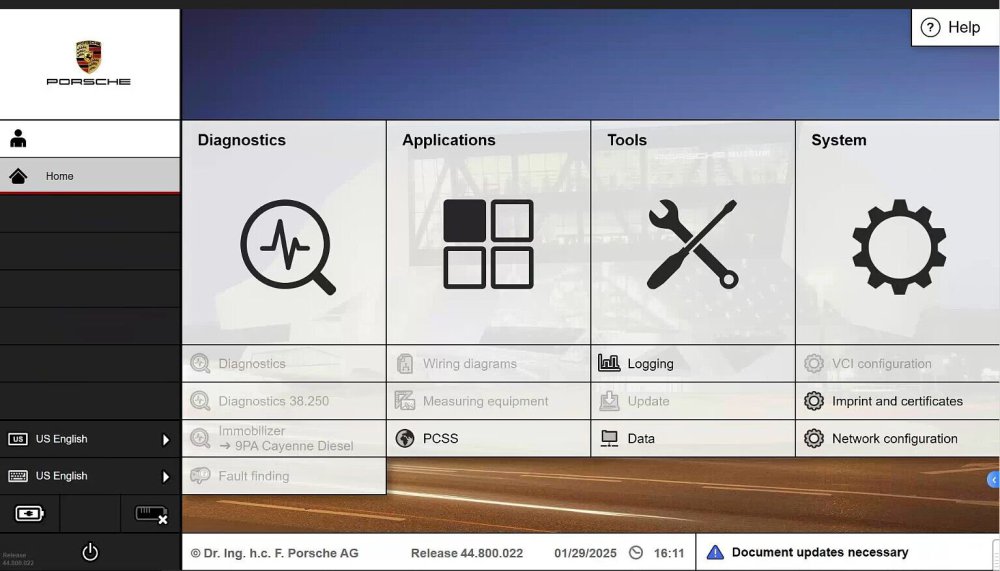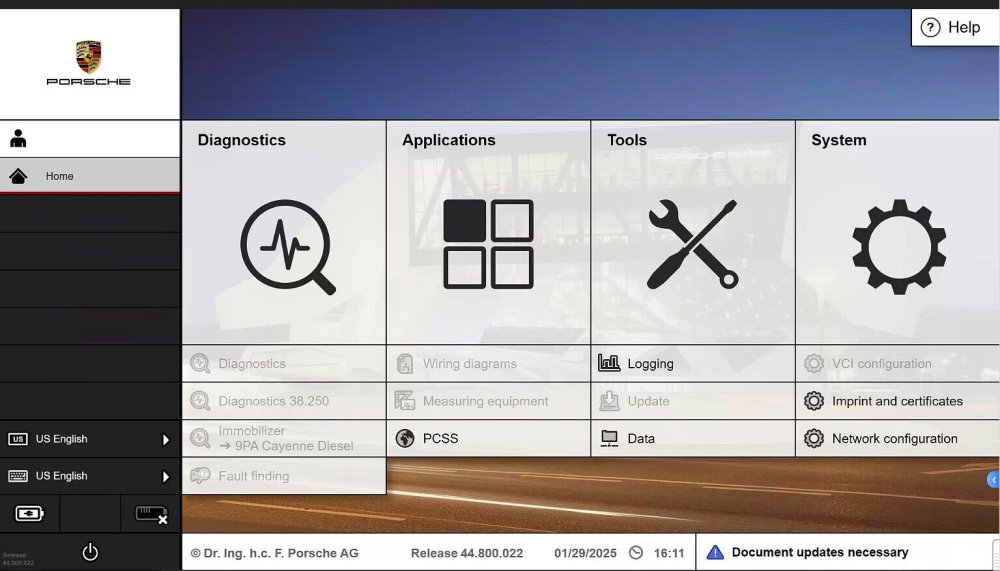The PIWIS (Porsche Integrated Workshop Information System) is an essential tool for technicians working on Porsche vehicles, providing advanced diagnostic and programming capabilities. With the introduction of PIWIS 4, many advancements have been made over its predecessor, PIWIS 3. This article explores the key differences between these two systems, highlighting their respective functionalities, compatibility, and overall performance.
Overall Advancements
PIWIS 4 signifies a considerable leap forward from PIWIS 3, boasting improved functionality, enhanced compatibility, and upgraded security features. One of the most notable advancements is its support for electric vehicles, showcasing Porsche's dedication to alternative propulsion technologies. This shift reflects not only a response to market trends but also a commitment to sustainability.
While PIWIS 3 was a reliable diagnostic tool for various Porsche models, PIWIS 4 elevates the standard with a variety of new features. Notably, it incorporates SFD (Security Functionality Device) diagnostic protection technology, which ensures both efficiency and security during vehicle servicing and maintenance procedures.
Advanced Diagnostics and Programming
Both PIWIS 3 and PIWIS 4 provide advanced diagnostic capabilities, enabling technicians to interface with Porsche vehicles, retrieve diagnostic trouble codes (DTCs), view live data, perform component tests, and conduct programming tasks. However, PIWIS 4 is designed with potentially enhanced features that ensure improved compatibility with the latest Porsche models and their sophisticated electronic architectures.
Wireless Connectivity Options
When it comes to connectivity, PIWIS 3 offers limited wireless options, which can restrict the flexibility of technicians during diagnostic and programming tasks. In contrast, PIWIS 4 is expected to feature expanded wireless connectivity options, allowing for greater convenience and mobility during service operations. This enhancement not only streamlines the workflow but also improves overall efficiency.
Vehicle Model Compatibility
PIWIS 3 is compatible with a wide range of Porsche models, covering both older and newer vehicles. However, PIWIS 4 is anticipated to provide broader compatibility with the latest 2024 Porsche models, ensuring that technicians can access enhanced diagnostic capabilities across an even wider array of vehicles. This extended coverage is crucial for keeping up with the evolving automotive landscape.
Performance and Speed
As the latest generation, PIWIS 4 is expected to deliver faster performance and improved efficiency compared to PIWIS 3. This speed enhancement allows technicians to diagnose and service vehicles more quickly, ultimately leading to increased productivity in the workshop.
User Interface Upgrades
The user interface of PIWIS 3 is designed to be user-friendly, facilitating easy navigation and access to diagnostic functions. However, PIWIS 4 may offer significant improvements in this area, providing a more intuitive and can significantly reduce the learning curve for new users and enhance overall operational efficiency.
New Features and Functionality
While both systems primarily serve the purpose of vehicle diagnostics, PIWIS 4 may come equipped with additional features, updated interfaces, and enhanced functionalities compared to PIWIS 3. These improvements are designed to meet the evolving needs of technicians in the field, providing them with the tools necessary to service the latest Porsche models effectively.
In summary, both PIWIS 3 and PIWIS 4 are crucial for diagnosing and servicing Porsche vehicles, but PIWIS 4 stands out with its advancements in performance, compatibility, and features. The choice between the two systems ultimately depends on factors such as budget, specific diagnostic requirements, and the types of vehicles being serviced. As the automotive industry continues to evolve, having access to the latest diagnostic tools like PIWIS 4 will be essential for technicians aiming to provide the best service possible.







